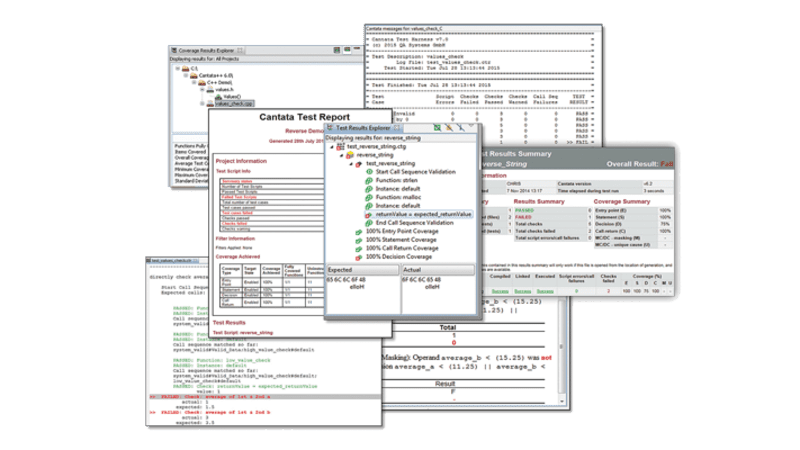Are quality issues giving you sleepless nights?
Unleash the Power of Code Coverage in Your DevSecOps Pipeline At CodeCoverageTools, we understand the critical role that code coverage plays in ensuring the quality, security, and efficiency of your software development process. Our suite of cutting-edge tools is designed to seamlessly integrate into your DevSecOps workflow, providing you with the insights and capabilities you need to take your projects to the next level.
Why Code Coverage Matters
Code coverage isn't just about ticking boxes – it's about empowering your team to build better software, faster. By systematically analyzing your codebase and identifying areas that lack sufficient testing coverage, you can pinpoint potential bugs, vulnerabilities, and performance bottlenecks before they escalate into major issues. With code coverage, you can




Fortify Security


Accelerate Delivery
Code coverage is a term that is used to describe how much application code is exercised when an application is running. Test coverage is often used to describe test cases that are written against the requirements document. Both are analytics which may be useful for quality assurance personnel to get an indication of how thoroughly an application has been tested. Let me explain a little bit more about how each of these can be used.
Measuring code coverage is a technique for understanding exactly which application code is being exercised. There are tools that can be used to indicate which code is being executed when running through test cases, for example. When I was a developer at IBM, part of what was required at IBM was to write unit test cases that would exercise every code path. If there was a code path that would only be executed in the case of an error condition, for example, I had to write a test case that would create that error condition and then verify that the appropriate error message was displayed. This type of testing is also referred to as "white-box" testing. You need to see the application code in order to assess the coverage.
Test coverage often refers to a set of test cases that is written against the requirements specifications. This would be "black-box" testing. It is not necessary to see the code in order to write the test cases. Once a document is written that describes all the test cases then test groups may refer to a percentage of the test cases that were run, that passed, failed, etc. These types of metrics can be referred to as test coverage metrics. Testing the code paths, or code coverage testing, is often done more as a part of unit test by the developer. Overall test coverage is often used by QA groups to indicate test metrics and coverage according to the test plan.
Ready to supercharge your DevSecOps journey with CodeCoverageTools?

Our DevSecOps Solutions
At CodeCoverageTools, we offer a comprehensive suite of DevSecOps solutions tailored to meet the unique needs of modern software development teams. Our offerings include
Automated Testing Frameworks: Streamline your testing process with automated tools that provide real-time feedback on code coverage and quality metrics. Continuous Integration/Continuous
Deployment (CI/CD) Pipelines: Integrate code coverage analysis into your CI/CD pipelines to ensure that every code change is thoroughly tested and validated before deployment.
Static and Dynamic Analysis Tools: Identify potential security vulnerabilities and code defects through static and dynamic code analysis, enabling proactive risk mitigation.
Real-time Monitoring and Reporting: Gain visibility into your code coverage metrics with intuitive dashboards and reports, allowing you to track progress and identify areas for improvement.
Sign up for a free trial or schedule a demo to learn more about how our solutions can help you achieve your software development goals.


